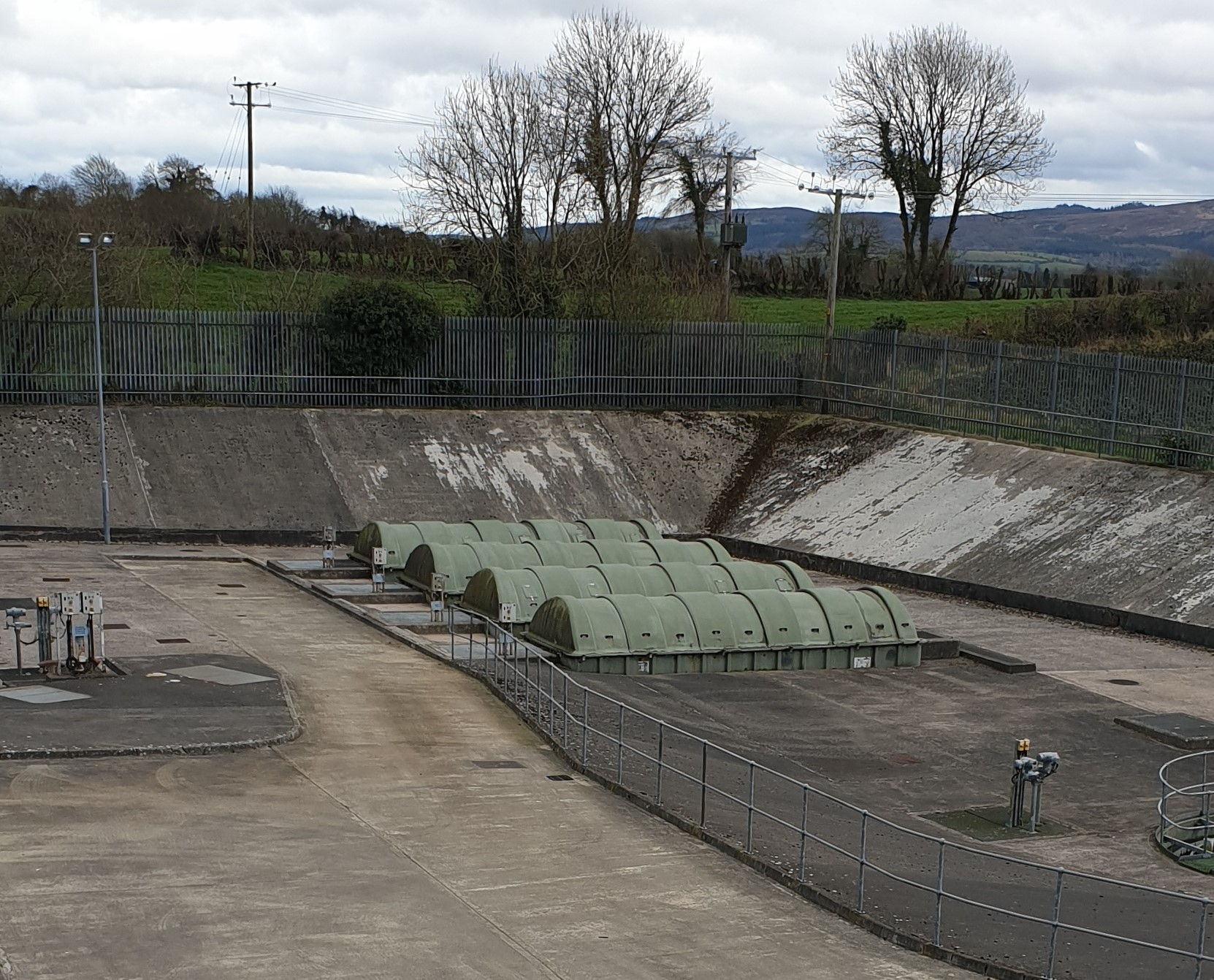
Degradation of FOG in a Fixed Film RBC System
A UK Water Company carried out a series of full-scale demonstrations at various municipal wastewater treatment works some of which received industrial discharges. This WWTW, with a design PE of 2,854, was a Rotating Biological Contactor with significant industrial influent from a nearby bakery. The on-site, full-scale demonstration took place over a period of 12 months with the support of the Water Company in terms of operational, oversight and validation of results.
PERFORMANCE SUMMARY
Plant performance shows the effects of severe organic and Fats, Oils, Grease (FOG) overload. Specific indicators of loading conditions measured during the demonstration were:
Hydraulic overloading
Rogue influent causing high Fats, Oils, Grease (FOG) loading, compromising biodisc health
Repair of RBC systems removing 25-50% of treatment capacity
Over a period of 12 months the demonstration resulted in a positive transformation in process performance across the following indicators:
Effluent quality was improved significantly: BOD 47%, Suspended Solids 48% and Ammonia 38%.
Despite operating at 75% capacity for 3 months, and 50% capacity for two weeks, the works did not breach Water Order Consent Limits
Biodiscs were initially covered in a whitish layer of FOG (Plate 1) which changed to a healthy brown colour (Plate 2) during Biofermentation® and reverted after dosing stopped (Plate 3)
TREATMENT WORKS
The WWTW consists of preliminary treatment followed by four RBC systems, and a clarifier as shown in Figure 1. For 3 months during the demonstration, one RBC was offline and a second RBC needed repairs, leaving the works at 75% and 50% capacity, respectively.
OBJECTIVES
To determine whether Biofermentation® would improve biomass health and effluent quality, and therefore improve throughput and capacity
To determine whether Biofermentation® would bring the works into and maintain operation within Water Order Consent limits.
RESULTS
The impact of Biofermentation® on effluent BOD, Suspended Solids and Ammonia quality can be evaluated using NIW data for effluent mass (kg/day). The results of this work were:
Effluent quality was improved significantly: BOD 47%, Suspended Solids 48%, and Ammonia 38%
Despite operating at 75% capacity for 3 months, and 50% capacity for two weeks, the works did not breach Water Order Consent Limits
Biodiscs were initially covered in a whitish layer of FOG (Plate 1) which changed to a healthy brown colour (Plate 2) during Biofermentation® and reverted after dosing stopped (Plate 3)
BENEFITS TO THE UTILITY
Improved effluent quality and increased the throughput and capacity of the works.
The ability to ‘sweat assets’ which may otherwise require CAPEX to expand or replace.
The technology provides the Utility with the ability to meet a significant portion of the UK 2030 Net Zero Carbon targets.

